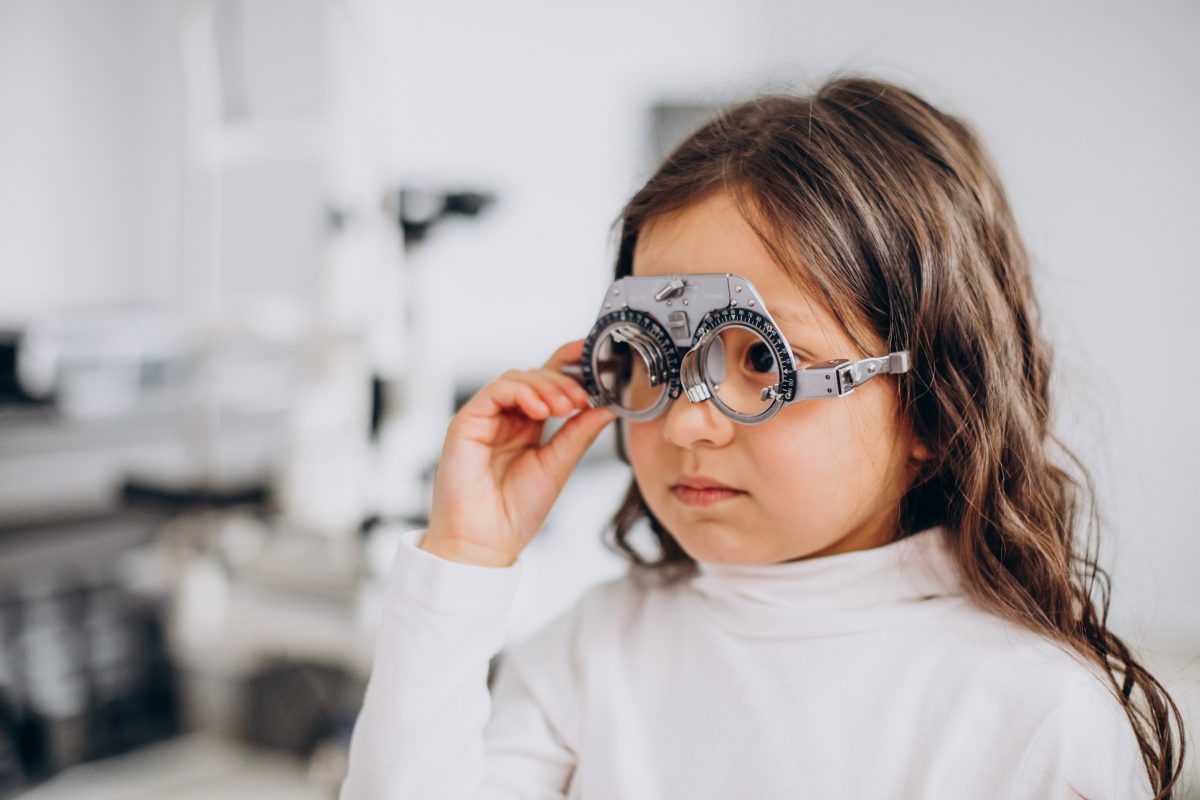Myopia, also known as nearsightedness, has become a significant public health concern in India in recent years. The prevalence of myopia is rapidly increasing, especially among children and young adults, and is projected to affect nearly half of the population by 2050. Myopia can have serious consequences, including vision impairment and a higher risk of developing other eye conditions.
Therefore, it is crucial to understand the factors contributing to the rise of myopia in India and identify preventive measures to curb its progression. By adopting important measures, India can potentially mitigate the burden of myopia on its population and improve its overall eye health. Myopia is a condition wherein the image of an object cannot be focussed on the retina, leading to blurry vision.
“According to current global projections, myopia is expected to affect 50% of the world’s population by 2050. Studies done in North India have found its prevalence to be as high as 13% among school children thereby making it a public health problem,” says Dr Pradeep Sharma, Director of Strabismus, Paediatric and Neuro-ophthalmology services, Centre for Sight, New Delhi. “Myopia or short sightedness is a major visual problem in children worldwide due to the increased screen time and decreasing outdoor activities.
Till a decade ago we presumed that it cannot be prevented or its progression cannot be arrested but that is not so today,” says Dr Keya Barman, Medical Director, Barman Eye Care Centre. Susceptibility to myopia is determined by genetics and environment, with the most common risk factors including patient age, parental myopia, recent eye growth, increased screen time and spending less time outdoors. “The rising global prevalence of this pandemic and its related social, economic and health complications make simply correcting existing myopia alone is no longer a viable solution – it’s not enough to correct the symptoms of myopia, but based on the risk profile and how quickly the myopia is worsening, we also need tools and interventions to offer a holistic solution,” says Narasimhan Narayanan, Country Head, EssilorLuxottica South Asia.
One such as breakthrough innovation that we introduced is the Essilor Stellest lens, a well-researched and successful Myopia control solution. We need to be aware of the risk factors for myopia and the available anti myopia progression drugs and glasses. Dr Barman explains the risk factors associated with myopia progression Younger age of onset of myopia High baseline myopia Parents having myopia Increase of glass power more than 0.
50 every year Less outdoor activities or more near work or digital screen time Decreased vitamin D levels Narayanan adds, “The way forward requires real change based on a multidisciplinary approach through collaboration and conversation with key stakeholders – parents, Ophthalmologist and Eyecare practitioners. Key actions include driving awareness on the importance of vision correction and vision protection, dedicated campaigns to educate consumers (specially parents) about regular eye testing, regulate screen time in young children and inculcating healthy lifestyle habits with times outdoors. ” We also need to be more proactive about educating all eye-care professionals through expert-to-expert knowledge sharing on vision science and patient needs to help understand how to best manage the challenges of this critical visual health condition.
“Our OneSight Essilorluxottica foundation will also play its part to ensure we screen a lot of children and also spread the awareness of general eye health, which if often neglected,” believes Narayanan. Dr Sharma adds, “One of the simplest ways to treat myopia in children is wearing fully-corrected prescription glasses. All children must undergo a proper dilated refraction (spectacle power test) and must continue to do so every 6 months in the first 2 years and then annually till about 6-7 years of age or whenever there are symptoms of eye strain and poor distance vision.
” Medical treatments which can slow down the progression of myopia include instillation of low-dose atropine eye drops and specialized designed spectacle lenses with peripheral myopic defocus segments. Some practical tips to slow myopia progression include increasing children’s outdoor activity up to1. 5 hrs/day and reducing the screen time to less than 1 hour/day.
Decreased screen time and near work Frequent breaks (20-20-20 rule), good indoor or natural lighting, good posture and appropriate distance for near work (25 inches) Special spectacles to reduce or eliminate accommodation which are commercially available. Read all the Latest Lifestyle News here.

